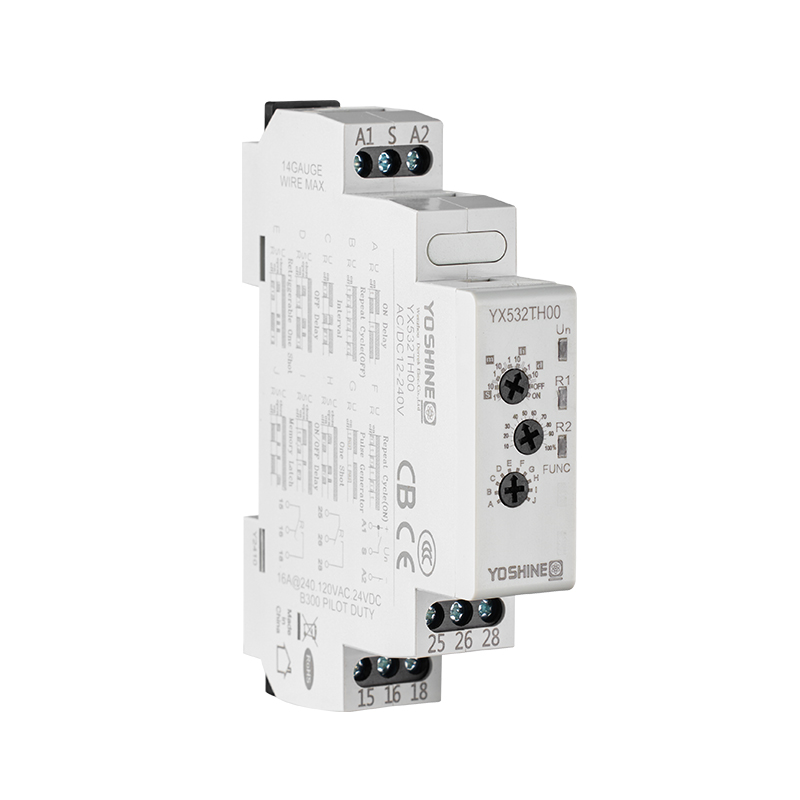In industrial and automation systems, timing control is critical for efficient and safe operations. Managing multiple timing sequences manually can be complicated and prone to errors. This is where the multifunction time relay comes into play, offering a versatile solution to simplify complex timing tasks. By combining multiple timing functions into a single device, multifunction time relays reduce wiring complexity, improve reliability, and allow greater control over processes.
A multifunction time relay is an electronic timing device designed to perform various time-delay functions depending on the configuration. Unlike fixed-function timers, multifunction time relays provide several timing modes such as delay on operate, delay on release, interval timing, and cyclic operations. This adaptability means that one relay can replace several traditional timers, streamlining control panel design and lowering maintenance requirements.
One of the main advantages of using a multifunction time relay is its ability to handle complex timing sequences in an intuitive way. For example, in manufacturing processes where equipment must run in precise intervals, or where sequential operations require specific delays, multifunction time relays allow operators to program the exact timing pattern needed. This flexibility reduces the risk of timing errors and improves overall system performance.
In addition to timing precision, multifunction time relays help reduce the physical footprint of control systems. Traditional setups may require multiple relays for different timing functions, which can clutter control panels and complicate wiring. A single multifunction time relay can handle multiple tasks, freeing up space and simplifying the electrical layout. This not only lowers installation costs but also facilitates troubleshooting and future upgrades.
Another important feature of multifunction time relays is their user-friendly interface. Many models come with adjustable settings and clear indicators, making it easier for technicians to configure and monitor timing parameters. This ease of use means less time is spent on setup and adjustments, allowing maintenance personnel to focus on other critical tasks.

In safety-critical applications, the role of a multifunction time relay becomes even more significant. Precise timing can prevent equipment damage and reduce the risk of accidents by ensuring operations occur in a controlled sequence. For instance, motor start delays, light control, or alarm activation can be programmed accurately with multifunction time relays, enhancing both safety and reliability.
The versatility of multifunction time relays extends to various industries. They are commonly used in manufacturing, HVAC systems, lighting control, conveyor systems, and more. In each case, the multifunction time relay provides a tailored timing solution that simplifies control logic and enhances automation.
Despite their complexity, multifunction time relays are designed to be robust and reliable under demanding conditions. They are often built to withstand electrical noise, vibration, and temperature variations, which ensures stable performance over time. This durability is essential for industrial environments where consistent operation is critical.
In summary, the multifunction time relay serves as a valuable component in simplifying complex timing tasks. Its ability to integrate multiple timing functions into a single device offers benefits in terms of space-saving, cost reduction, and ease of use. By improving timing control accuracy and reliability, multifunction time relays contribute to smoother and safer operation across a wide range of applications.
For engineers and technicians managing control systems, incorporating multifunction time relays can streamline designs and reduce potential errors. As timing demands grow more complex, multifunction time relays provide a practical and adaptable solution to meet those challenges efficiently.